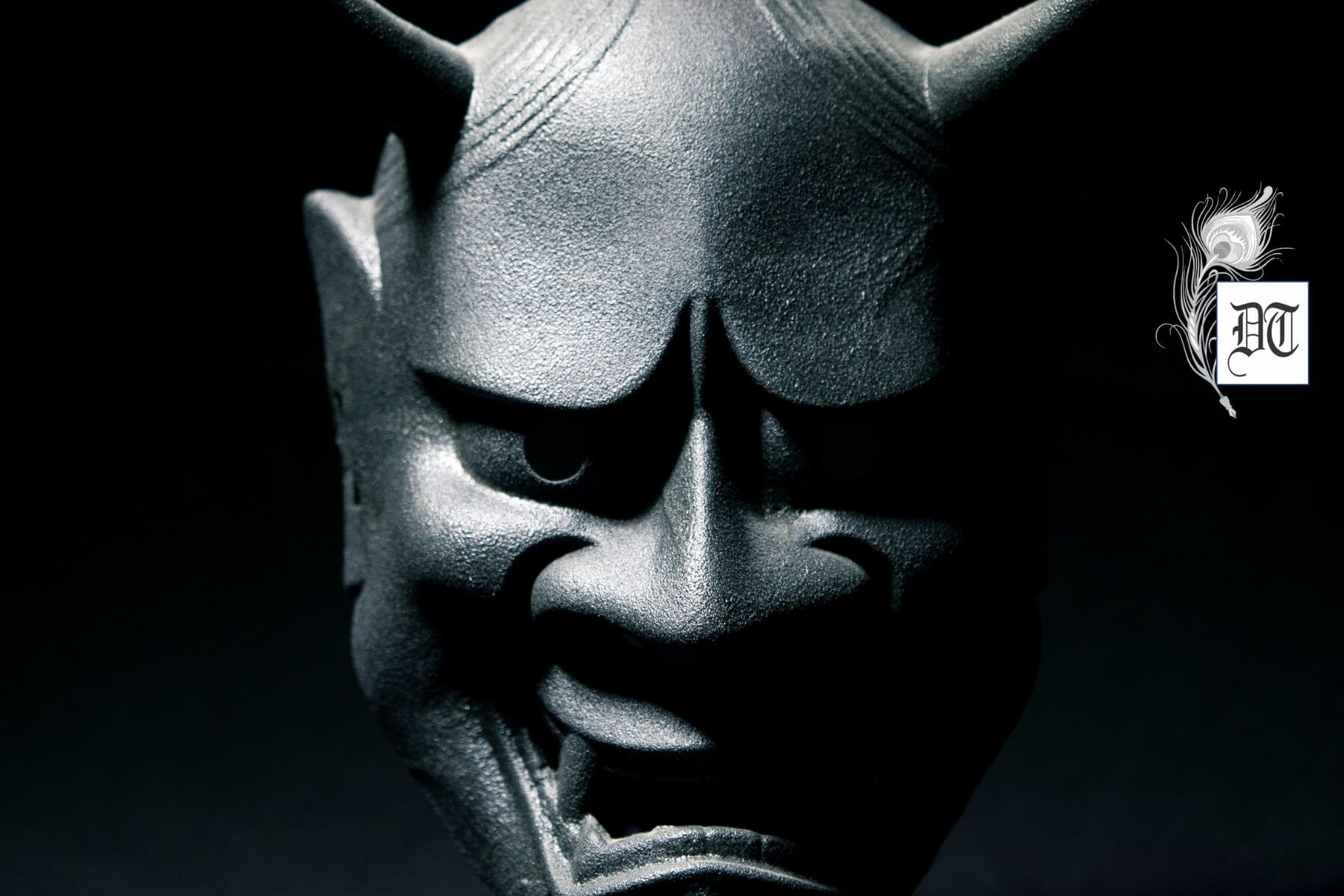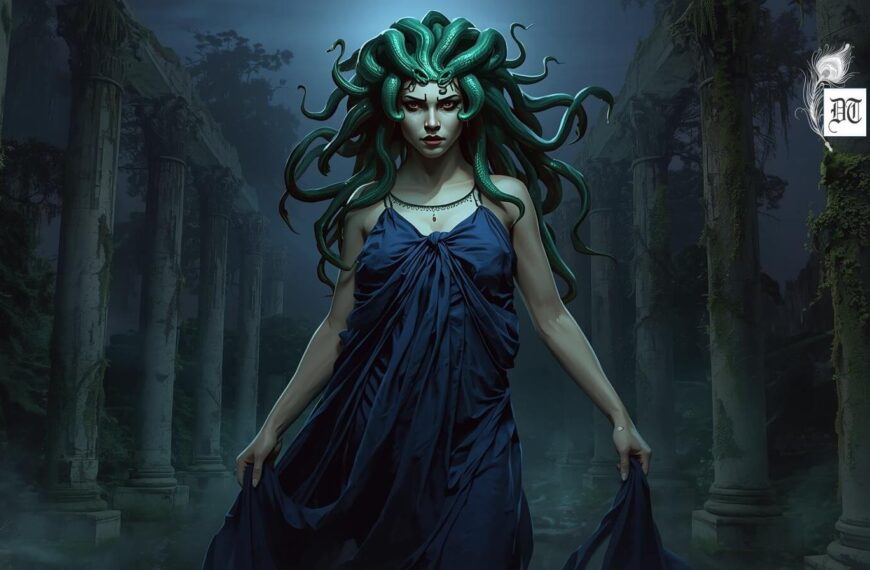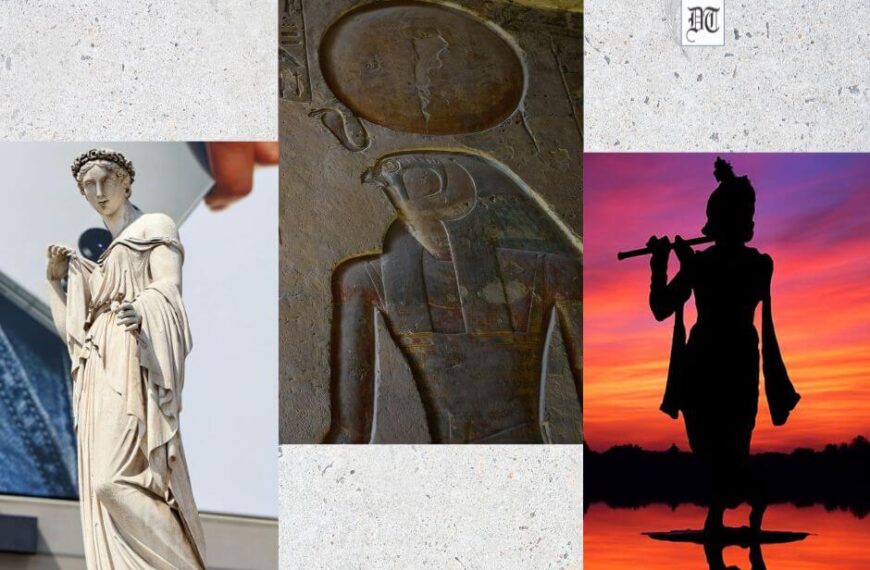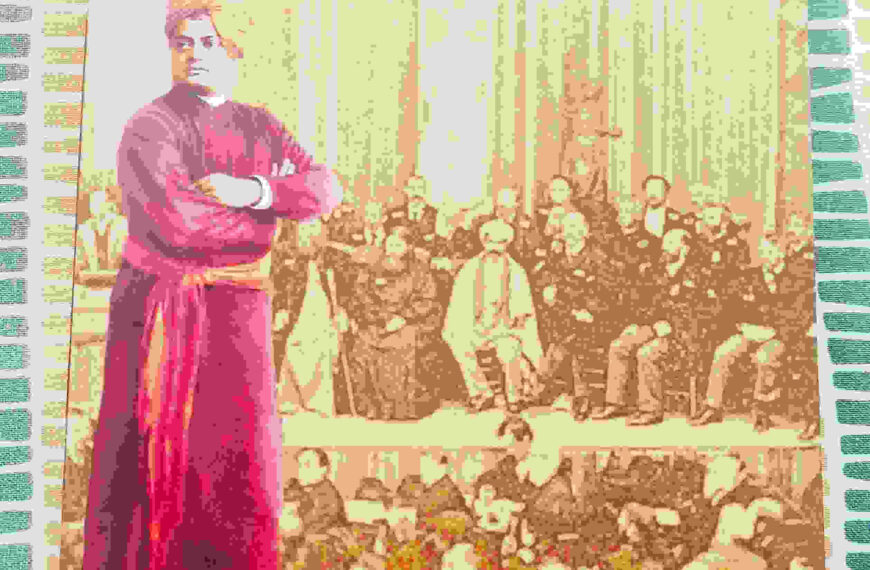Christian demonology explores malevolent entities opposing divine will. Akash discusses ten significant demons, their origins, powers, and roles in spiritual warfare, exclusively for Different Truths.
Christian demonology, a key aspect of theological and mythological studies, explores the nature, hierarchy, and influence of demons within the Christian practice of religion. Rooted in biblical texts, apocryphal writings, and centuries of folklore, this field examines the malevolent entities believed to oppose divine will and tempt humanity toward sin.
In this article, we delve into the simple lore of ten significant demons in Christian mythology, uncovering their origins, characteristics, and roles in spiritual warfare. From fallen angels who rebelled against God to infernal rulers of specific sins, each of these entities holds a unique place in theological discussions and cultural narratives.
Whether you are a scholar, a mythology enthusiast, or simply curious about the darker aspects of Christian lore, this article offers an exploration of the hearts of darkness in Christian folklore.
1. Satan (Lucifer)
Source: Bible (Isaiah 14:12-15, Revelation 12:9, Luke 10:18).
Description: The most infamous and powerful demon in Christianity, originally the archangel Lucifer, rebelled against God and was cast out of heaven. He is the ruler of Hell and the ultimate tempter. Also, he is considered to be the first sign of revolution.
The traditional and medieval arts depict a muscular, horned, and winged figure with a tail and beard as Satan, which often resembles the description of the beast in Revelation 12:9.
Superpowers:
· Deception and manipulation.
· Shapeshifting.
· Influence over human sin.
· Power over other demons.
How to defeat: By resisting temptation, exorcism prayers, the name of Jesus, and the power of God.
Pic: https://images.app.goo.gl/DtsFoq7rD5hejacm7
2. Beelzebub
Source: Bible (Matthew 12:24–27), Dictionnaire Infernal (1818).
Description: Known as the “Lord of the Flies,” Beelzebub is associated with pride and gluttony. Some equate him with Satan, while others see him as a separate high-ranking demon. In Milton’s Paradise Lost, Beelzebub serves as Satan’s right-hand man (second-in-command), providing counsel and support in their rebellion against God.
Medieval arts and books of demonology offer a beautiful description of Beelzebub. He is tall, beautiful, and majestic, with wings and regal bearings.
Superpowers:
· Causes corruption and decay.
· Commands legions of demons.
· Can manipulate swarms of insects.
Defeat: Holy water, exorcism rituals, the invocation of divine names.
Pic: https://images.app.goo.gl/HirBc2PVYwHXomfn6
3. Asmodeus (a.k.a. Ashmedai)
Source: Book of Tobit (Tobit 3:8, 6:14-15).
Description: A demon of lust, associated with destroying marriages and spreading sexual immorality. He is sometimes linked to fallen angels.
In Christian and Jewish mythology, Asmodeus is a handsome and powerful demon with three heads, wings of a bat, horns, and scaly skin.
Superpowers:
· Incites lust and adultery.
· Physically attacks humans.
· Shapeshifting.
Defeat: Angel Raphael in Tobit used incense made from fish heart and liver to drive him away.
Pic: https://images.app.goo.gl/2ZijLLfWZMQs78Xh9
4. Leviathan
Source: Bible (Job 41:1-34, Psalms 74:14, Isaiah 27:1).
Description: A giant sea monster representing chaos and pride. In Christian demonology, Leviathan is sometimes considered a high-ranking demon of envy.
It is a massive sea creature with a serpentine body, fearsome teeth, and jaws.
Superpowers:
· Can control water and storms.
· Unparalleled strength.
· Incites jealousy and.
Defeat: God himself will slay Leviathan in the end times (Isaiah 27:1).
Pic: https://images.app.goo.gl/ze4f1j1ZRjQk76q2A
5. Belial
Source: Bible (2 Corinthians 6:15), Testament of Solomon.
Description: A demon of lawlessness, associated with corruption, depravity, and seduction. Sometimes depicted as a prince of Hell.
He is a horned and winged figure with an ugly and deformed face and distorted body. He is often depicted as a dark or shadowy figure, symbolising his association with evil and darkness.
Superpowers:
· Spreads deceit and lawlessness.
· Corrupts the leaders.
· Enhances human wickedness.
Defeat: The invocation of Christ’s name and prayers of deliverance.
Pic: https://images.app.goo.gl/yppPKQQqw8vXSDBb7
6. Mammon
Source: Bible (Matthew 6:24, Luke 16:13)
Description: The demon of greed, Mammon, is often personified as the love of wealth over God.
He has a fat, horned, and winged figure. Mammon is often depicted sitting on a treasure hoard, highlighting his association with material wealth and greed.
Superpowers:
· Influences people to prioritise wealth over morality
· Can bless followers with temporary riches
Defeat: Spiritual detachment from materialism and devotion to God.
Pic: https://images.app.goo.gl/yZNdEwotJwVjmhcGA
7. Astaroth
Source: Dictionnaire Infernal (1818), Grimoires like The Lesser Key of Solomon.
Description: Astaroth is a grand duke of Hell and a demon of knowledge. Often depicted as a male figure riding a dragon.
He has an unclean and ugly body with crooked teeth and a nose. In some illustrations, Astaroth is depicted riding a dragon or wolf.
Superpowers:
· Grants the forbidden knowledge.
· Enhances intelligence and eloquence.
Defeat: Holding a blessed relic or invoking divine names.
Pic: https://images.app.goo.gl/hQqq5fGDyB1ubCzc8
8. Baal (Bael)
Source: Grimoires like Pseudomonarchia Daemonum, Bible (1 Kings 18:19-40).
Description: Baal was a Canaanite deity demonized in Christian tradition. In demonology, he is a ruler of Hell.
He has regal attire with horns and a bearded face. Some ancient descriptions depict that he has a bull-like body with wings.
He is the symbol of fertility among the demons.
Superpowers:
· Commands legions of demons.
· Can make people.
Defeat: Holy names of God and exorcism prayers.
Pic: https://images.app.goo.gl/TyLc7pTDmu7u2jX1A
9. Abaddon (Apollyon)
Source: Bible (Revelation 9:11)
Description: “The Destroyer,” Abaddon leads an army of locust demons from the Abyss. He is often associated with destruction and the end times.
He has a humanoid body with a locust-like appearance. He also had a horsehead and wings to move between realms.
Superpowers:
· Controls swarms of supernatural locusts.
· Brings divine judgment.
· Has the power of vast destruction.
· Apocalyptic power.
Defeat: Only God can bind him, as he is an instrument of divine wrath.
Pic: https://images.app.goo.gl/DU6kTFVQYiVR2WQU9
10. Azazel (Azazil)
Source: Book of Enoch (1 Enoch 8:1), Leviticus 16:10.
Description: A fallen angel who taught humans forbidden knowledge, such as weapon-making and witchcraft.
He also has a goat-like structure (goat’s head and legs) with wings.
Superpowers:
· Grants military knowledge.
· Spreads chaos and violence.
Defeat: The Book of Enoch states he was bound in darkness until Judgement Day.
Pic: https://images.app.goo.gl/c9hGQqpQgmvNGnu48
References:
Medieval Grimoires and Demonology
Several books provide extensive lists of demons, including:
· The Lesser Key of Solomon (17th century): Lists 72 demons, their ranks, and powers.
· Dictionnaire Infernal (1818): A catalogue of demons with illustrations.
· Pseudomonarchia Daemonum (16th century): A demonology text like The Lesser Key of Solomon.
Methods of Demon Defeat in Christian Tradition:
1. Exorcism: The Catholic Church has formal exorcism rites involving holy water, prayers, and relics.
2. Holy Names: Invoking the name of Jesus Christ is said to drive demons away (Luke 10:17).
3. Holy Water & Crosses: Physical objects blessed by the Church serve as protection.
4. Fasting & Prayer: Strengthens spiritual defences.
5. Divine Intervention: God can only defeat some demons.
Pic: https://images.app.goo.gl/PBjZvpxVgcNi8PJA6
Picture design by Anumita Roy






 By
By

 By
By
 By
By
Wishing of more theological pieces from you, son!!❤️🍫
Outstanding 👏🏻
Best wishes for more excellent pieces💖💖✨✨💗💗
Great wonderful article this is…😌✨